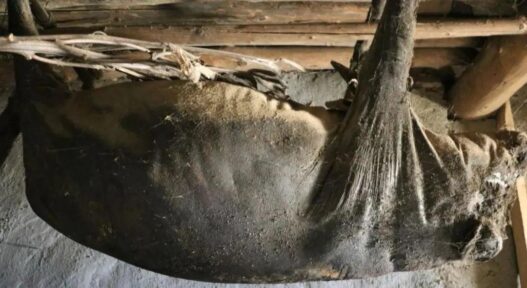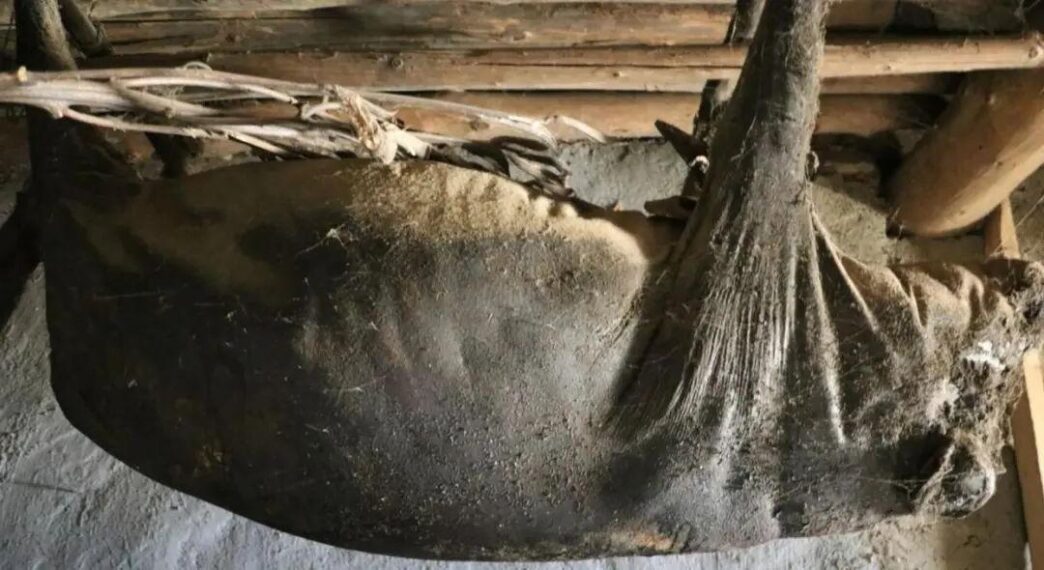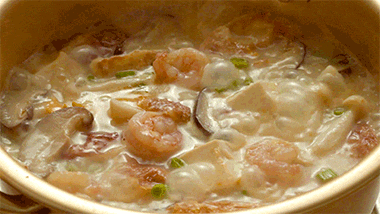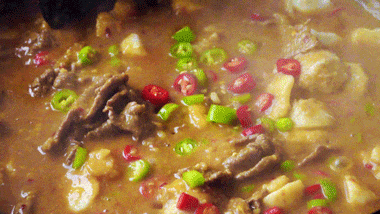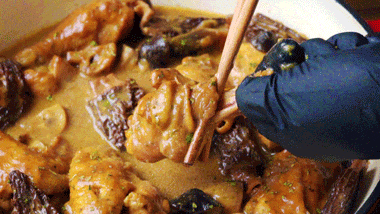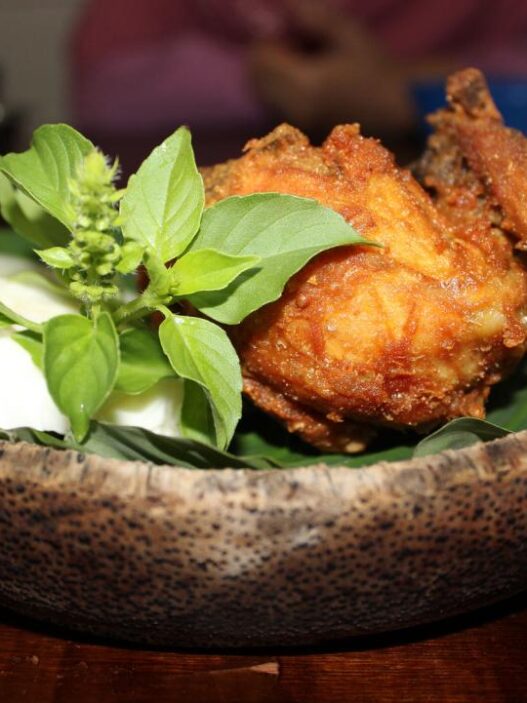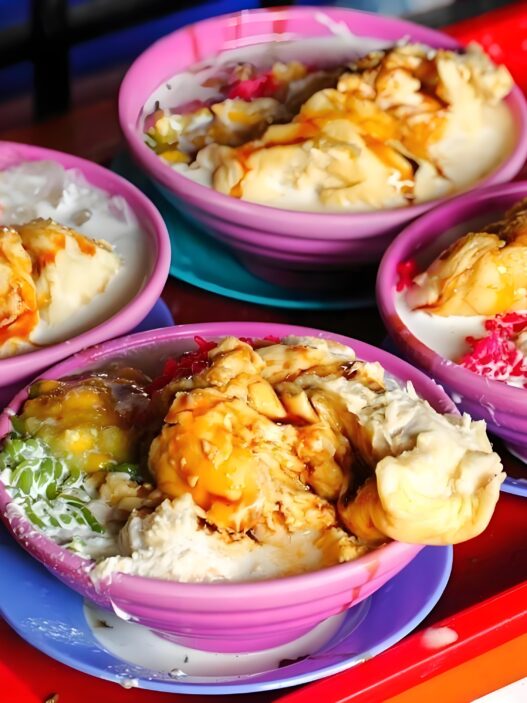Deep in the mountains of Sichuan province, Tibetan communities treasure what might be the world’s most challenging delicacy: Sichuan rotten pork that hangs from rafters for decades, turning black and developing a scent that would empty most rooms. Yet this fermented mystery is reserved for honored guests and wedding dowries!
“The first whiff hits you like ammonia and old cheese, but the taste… it’s like the most complex ham you’ve ever experienced,” reports food adventurer Liam Bates.

The Bizarre Science of Centuries-Old Preservation
From Pig to Prestige: The Making of Rotten Royalty
The process begins with Tibetan pigs raised in high altitudes:
- Unique slaughter: Strangulation preserves blood for flavor
- Grain stuffing: Barley and wheat fill the cavity
- Smoke therapy: Years of chimney smoke create natural preservation

The Microbiology Magic
While it looks like meat gone wrong, science makes it safe:
- Lactic acid bacteria prevent spoilage
- Yeast cultures create complex alcohols
- Smoke phenols act as natural preservatives

A Living History: More Than Just Meat
Status Symbol Hanging in Plain Sight
In Zaba communities, these pork specimens represent:
- Family wealth (more pork = richer family)
- Wedding gifts (daughters bring pork as dowry)
- Cultural identity (centuries of tradition)

The Ultimate Honor
Locals rarely eat it themselves, saving precious pieces for:
- Special guests (you’re truly honored if served this)
- Religious ceremonies (offered to deities)
- Community celebrations (festivals and weddings)

Taste Test: Courage Required
The Raw Experience
Daredevil foodies describe:
- Initial assault: Ammonia and blue cheese aroma
- Flavor evolution: Smoky, nutty, with umami punch
- Texture challenge: Dense, chewy, like extra-firm ham

Cooked Preparations
When heated in stir-fries or soups:
- Intensified flavor (imagine super-charged bacon)
- Acidic notes from fermentation
- Concentrated smokiness from decades in chimney

Why This Tradition Faces Modern Challenges
Generation Gap
Younger Tibetans prefer:
- Modern Chinese cuisine (less intense flavors)
- Health concerns (despite scientific backing)
- Convenience foods (who has 30 years to wait?)

Commercialization Struggles
While internet fame brings tourists:
- Regulatory hurdles (food safety approvals)
- Limited production (only certain families know the art)
- Niche appeal (most visitors try once for bragging rights)
The Verdict: Edible Time Capsule or Food Madness?
This centuries-old preservation method represents:
- Human ingenuity in extreme environments
- Cultural preservation against modernization
- Culinary courage at its most extreme
Would you brave the smell for a taste of living history?




